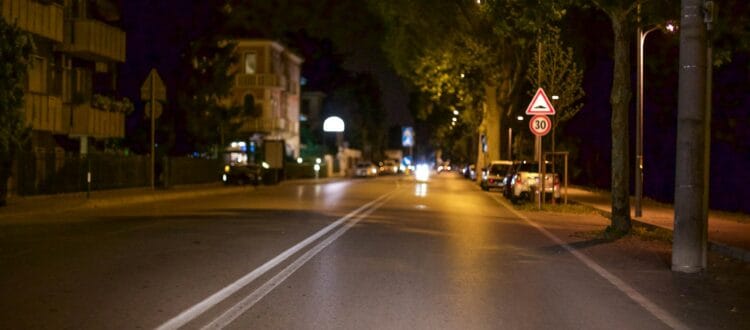Reflective traffic signs play a critical role in ensuring road safety, especially during low visibility conditions such as nighttime or adverse weather. These (typically) aluminum signs are made with retro-reflective sheeting that enhances their visibility in the dark, allowing drivers to easily spot and comprehend important information such as speed limits, directional guidance, warnings, and other essential traffic regulations.
The reflective properties of these signs are achieved through the use of specialized sheeting materials that reflect light from headlights, making them highly visible from a distance. These signs are a vital component of road infrastructure, contributing significantly to accident prevention and overall road safety for motorists and pedestrians alike.
3 Types of Reflective Sheeting for Traffic Signs
1. Engineering Grade Sheeting: Engineering grade sheeting is typically made from a type of retroreflective material that utilizes enclosed lens glass beads. This type of sheeting is designed for use in non-critical traffic signs where visibility is important but not crucial, such as speed limit signs in low speed traffic areas, street sign markers, etc.
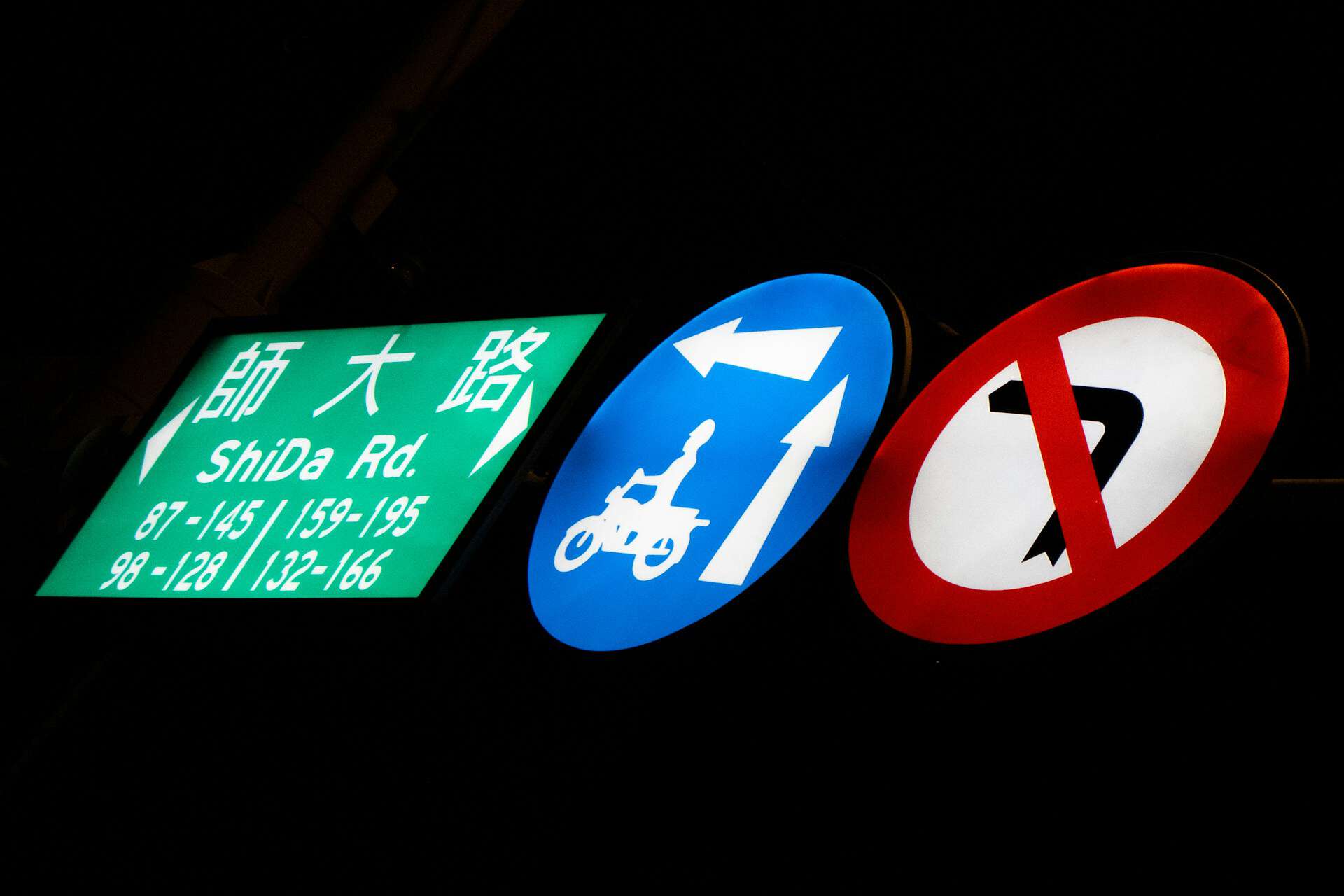 2. High-Intensity Prismatic Sheeting: High-intensity prismatic sheeting is constructed using prismatic retroreflective technology, which provides higher levels of reflectivity compared to engineering grade sheeting. This type of sheeting is ideal for use in signs on highways, interstates, and other high-speed roadways. It offers excellent long-distance visibility and performs well in both daytime and nighttime conditions.
2. High-Intensity Prismatic Sheeting: High-intensity prismatic sheeting is constructed using prismatic retroreflective technology, which provides higher levels of reflectivity compared to engineering grade sheeting. This type of sheeting is ideal for use in signs on highways, interstates, and other high-speed roadways. It offers excellent long-distance visibility and performs well in both daytime and nighttime conditions.
3. Diamond Grade Sheeting: Diamond grade sheeting is the most advanced type of reflective sheeting, utilizing full-cube prismatic technology to deliver superior brightness and visibility. This sheeting is highly effective for signs on expressways, high-speed roads, school zones, and areas with complex visual environments. It offers exceptional performance in all weather conditions and provides maximum reflectivity for enhanced safety.
These three types of reflective traffic signs cater to different visibility requirements based on the location, speed of the road, and environmental factors, ensuring that the signs remain clearly visible to drivers at all times.
How to Decide Which Reflective Traffic Sign Type is Right for You?
When deciding which reflective traffic sign type is right for a specific location or application, several factors should be considered. First, assess the speed and volume of traffic in the area where the sign will be installed. High-speed roadways or areas with heavy traffic flow may require high-intensity prismatic or diamond grade sheeting to ensure optimal visibility. Next, consider the environmental conditions, including the prevalence of fog, rain, or other factors that may affect visibility.
Also, the distance from which the sign needs to be visible plays a crucial role in determining the appropriate reflective sheeting type. By taking into account these factors, alongside local and/or national regulations and recommendations, decision-makers can choose the most suitable reflective traffic sign type to maximize safety and visibility in a given setting.
What Material are Reflective Traffic Sign Made of?
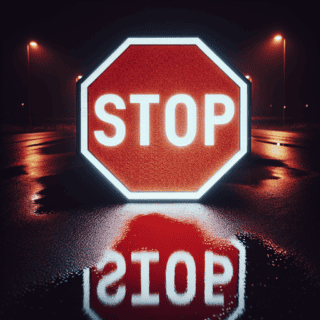 They are typically made of aluminum, which is a popular choice due to its durability, lightweight nature, and resistance to corrosion. Aluminum is well-suited for outdoor use and can withstand various weather conditions without deteriorating, making it an ideal material for traffic sign fabrication. Also, aluminum’s ability to retain its shape and structural integrity over time ensures that the signs remain effective and visible to motorists and pedestrians.
They are typically made of aluminum, which is a popular choice due to its durability, lightweight nature, and resistance to corrosion. Aluminum is well-suited for outdoor use and can withstand various weather conditions without deteriorating, making it an ideal material for traffic sign fabrication. Also, aluminum’s ability to retain its shape and structural integrity over time ensures that the signs remain effective and visible to motorists and pedestrians.
They are designed with reflective sheeting materials that are crucial for enhancing their visibility, especially during low-light conditions. These sheeting materials are typically made from specialized retroreflective technologies such as enclosed lens glass beads or prismatic materials. These materials work by bouncing back light from headlights, making the signs highly visible from a distance. The reflective properties of these materials contribute significantly to the overall effectiveness of traffic signs in ensuring road safety and guiding road users.
Do Traffic Signs Need to be Reflective?
Yes, traffic signs need to be reflective to ensure visibility and legibility, especially during low-light conditions. Reflective properties are crucial for traffic signs as they allow drivers to easily spot and comprehend important information such as speed limits, directional guidance, warnings, and other essential traffic regulations. Reflective traffic signs play a critical role in enhancing road safety, particularly at night or during adverse weather, by ensuring that drivers can clearly see and respond to the information displayed on the signs.
Without reflective properties, traffic signs would be significantly less effective in guiding and alerting road users, potentially leading to an increased risk of accidents and confusion on the road. Therefore, the reflective nature of traffic signs is essential for maintaining safe and efficient traffic flow.
How Do Reflective Traffic Signs Work?
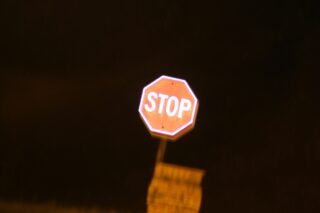 They work by utilizing specialized materials and coatings that are designed to bounce light from headlights back to the driver’s eyes, making the signs highly visible even in low-light conditions. These materials, such as enclosed lens glass beads or prismatic technology, are strategically applied to the surface of the sign to maximize their reflective properties.
They work by utilizing specialized materials and coatings that are designed to bounce light from headlights back to the driver’s eyes, making the signs highly visible even in low-light conditions. These materials, such as enclosed lens glass beads or prismatic technology, are strategically applied to the surface of the sign to maximize their reflective properties.
When a vehicle’s headlights or any other source of light illuminates the sign, the reflective material redirects the light back towards the driver’s line of sight, ensuring that the sign stands out prominently against its background. This process enhances the visibility of the traffic sign, allowing drivers to quickly and clearly interpret the information displayed, such as speed limits, road conditions, or directional guidance, thereby contributing to safer and more efficient navigation on the road.
Why Do Reflective Traffic Signs Only Reflect Back to You?
Reflective traffic signs are designed to mainly reflect light back to the source – such as a vehicle’s headlights – in order to maximize visibility for the driver. This intentional design ensures that the sign stands out prominently, allowing the driver to easily perceive and comprehend the information displayed, even in low-light conditions. By reflecting light back to the observer, the reflective properties of traffic signs serve the crucial purpose of enhancing road safety and guiding drivers effectively, contributing to the overall efficiency and orderliness of traffic flow.
Furthermore, the reflective nature of traffic signs mainly reflecting back to the observer is a deliberate feature that minimizes distractions for other drivers on the road. By directing the reflected light primarily towards the source, such as an approaching vehicle, the signs avoid causing unnecessary glare or visual disturbances to other road users. This targeted reflection helps maintain clear visibility for the driver while preventing potential discomfort or distraction for individuals in surrounding vehicles, ultimately contributing to a safer and more harmonious driving environment.
How Long Do Reflective Traffic Signs Last?
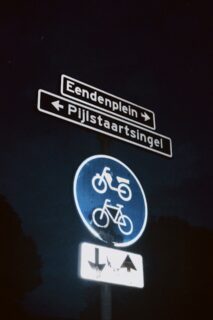 They are designed to be durable and maintain their visibility over an extended period. The longevity of reflective traffic signs depends on the type of reflective material used and the environmental conditions to which the signs are exposed. For instance, 3M Diamond Grade Reflective Signs, which are known for their exceptional brightness and durability, come with a 12-year warranty for outdoor life, highlighting their long-lasting nature and reliability in various settings.
They are designed to be durable and maintain their visibility over an extended period. The longevity of reflective traffic signs depends on the type of reflective material used and the environmental conditions to which the signs are exposed. For instance, 3M Diamond Grade Reflective Signs, which are known for their exceptional brightness and durability, come with a 12-year warranty for outdoor life, highlighting their long-lasting nature and reliability in various settings.
Also, high-quality reflective materials such as high intensity prismatic and diamond grade reflective aluminum signs are rated to last for 7 to 10 years and over 10 years, respectively, under normal outdoor conditions . These materials are specifically engineered to resist weathering, fading, and other environmental factors, ensuring that the reflective traffic signs maintain their effectiveness and visibility for an extended period, contributing to enhanced road safety and guidance for drivers.
Regular maintenance and replacement of retroreflective road signs are also essential to ensure a high standard of brightness and visibility, as the reflective properties of retro-reflective signs may degrade over time, emphasizing the importance of ongoing care and monitoring to uphold their longevity and functionality.
Conclusion
Reflective traffic signs play a pivotal role in ensuring road safety and guiding drivers effectively, particularly in low-light conditions and at night. The use of specialized reflective materials allow these signs to maximize visibility by reflecting light back to the source, such as vehicle headlights, contributing to clear and easily comprehensible guidance for road users. By embracing the principles of visibility, durability, and targeted reflection, these signs stand as essential tools in promoting road safety and facilitating the smooth flow of traffic, emphasizing their indispensable role in maintaining order, safety and security on our roadways.
Popular Posts:

